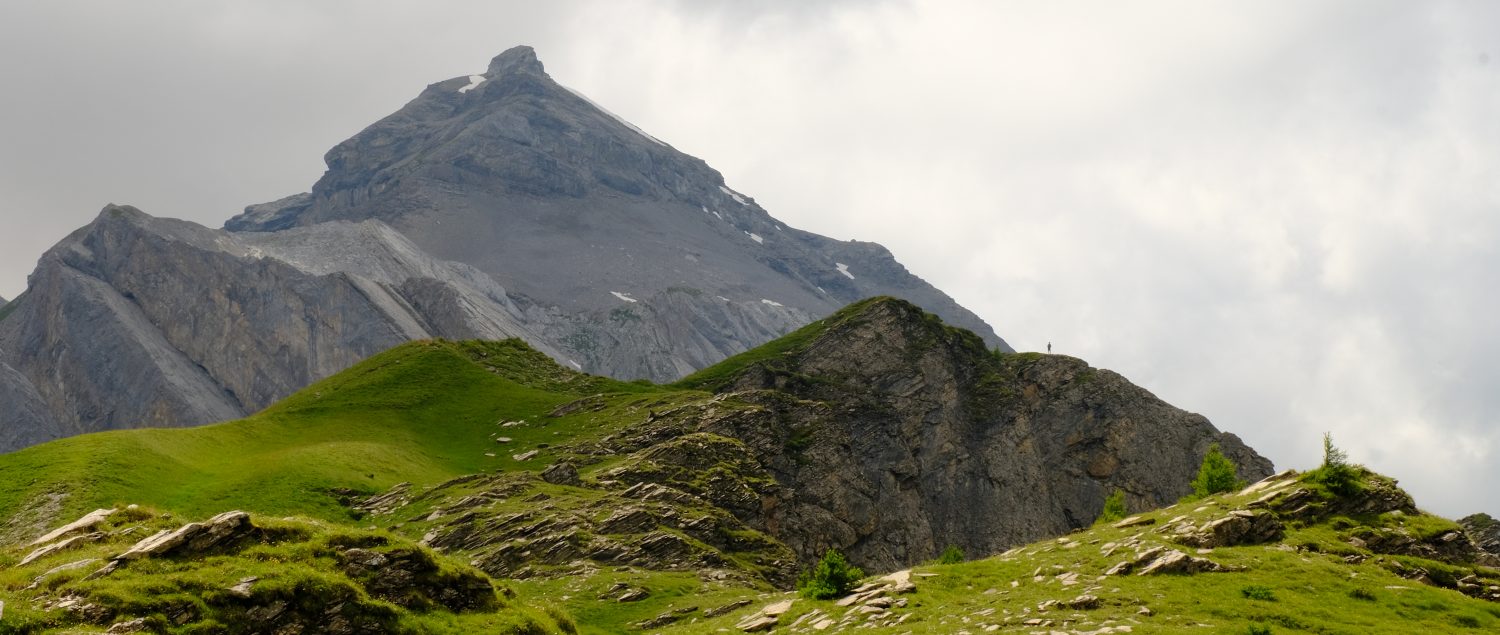Starting in Arolla this walk sets off through woodland on the ‘Marmot trail’. It soon emerges from the trees, traversing meadows towards the glacial moraines descending from the Pigne d’Arolla, to reach an abandoned farm on a high mountain pasture. The Walkers Haute Route, a long distance path, is used to ascend some more before the route turns off into a quiet side valley to gain superb mountain and glacier views. Distance: 12km Ascent / Descent: 650m.
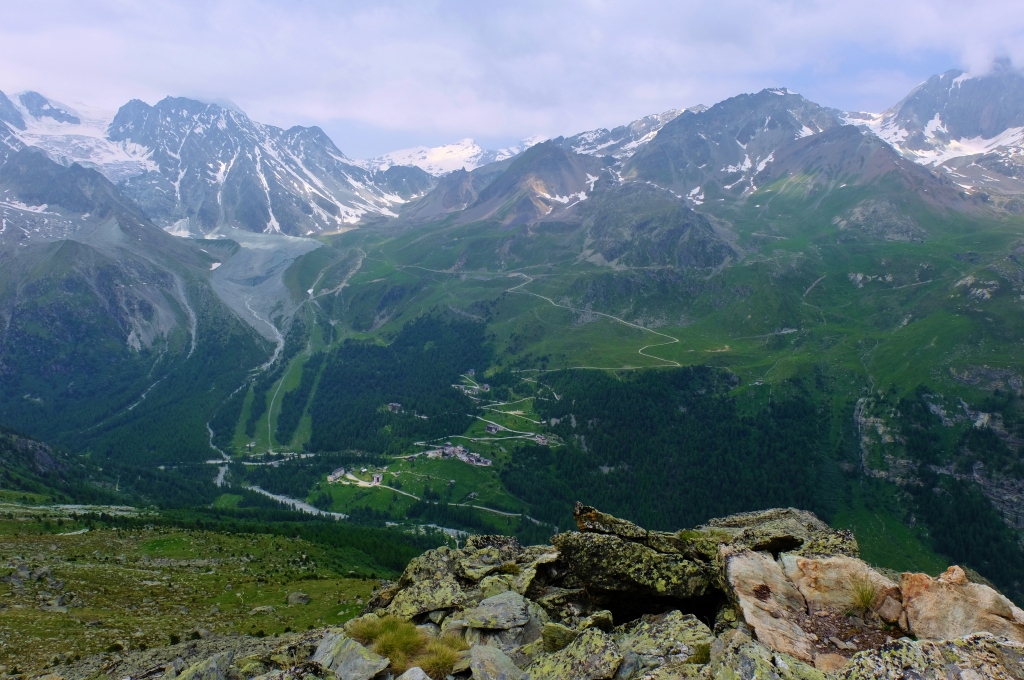
Photo Credit: Sally Woodbridge
Starting from the bus stop by the Post Office (La Poste) in Arolla begin by ascending the road to the top of the village. After the third switchback turn right into the parking area and a winter only chairlift. At the rear of the parking area join the footpath signposted ‘Le Sentier des Marmottes’ (the Marmot Trail) and follow this up through the woodland until you reach a Jeep track.
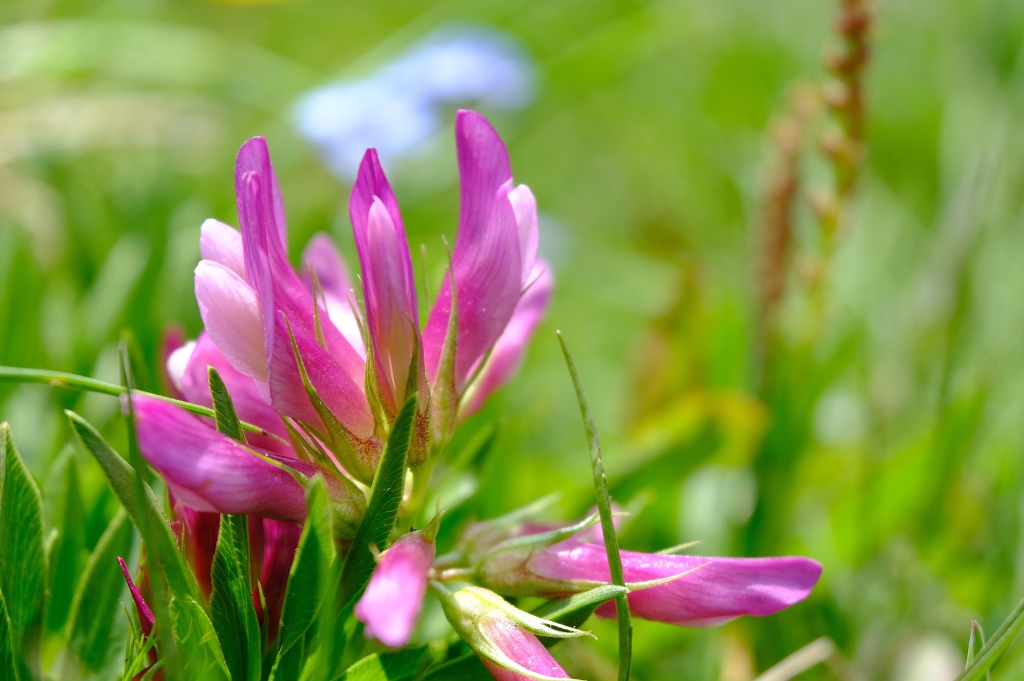
Photo Credit: Sally Woodbridge
Turn right onto the Jeep track. Continue on this track and at the next hairpin bend head leftwards, ignoring the two paths that branch off right towards Pra Gra and the Cabane des Aiguilles Rouges. Stay on the Jeep track for approximately 2km to reach some abandoned farm buildings, La Remointse d’Arolla, on your right.
The tradition of taking cows to higher pastures in the European Alps in the summer possibly dates back to 3,000BCE and has existed in its current form since 1000 – 1350CE. In June the cows are herded up from the villages, sometimes staying for a few weeks at a Mayen, buildings placed halfway between the valley and the high pasture, usually at 1500-1800m. The high pastures are located above but are usually below 2400m. Once there, as at La Remointse d’Arolla (a dialect word meaning the high pastures of Arolla), the cows feed on the flower and herb rich grass meadows. The milk they produce there is used to make high quality ‘haymilk’ alpine cheeses. After about 3 months, usually in mid to late September, they are brought down to the valley, again sometimes staying at a Mayen en route. This return is known in French as the désalpe and is traditionally the time for celebrations.
Turn right and ascend just above the buildings to pick up a defined path. Follow this path for 1km and pass under the line of a winter only lift. The path crosses a stream then shortly afterwards turns right on a more minor jeep track into a valley.
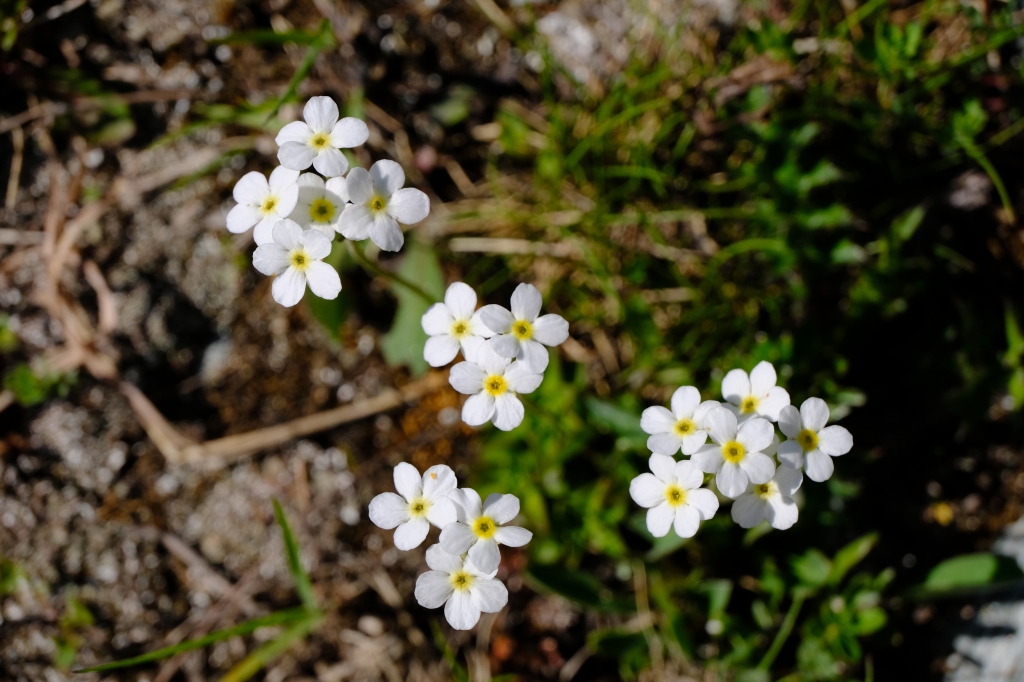
Photo credit: Sally Woodbridge
Follow this jeep track into the valley and continue on it as it ascends in a series of switchbacks. At the third switchback continue ahead on a small path that heads into a small cirque with a stream running through it at an altitude of approximately 2600m. This is a great viewpoint for the Pigne d’Arolla and its glaciers.
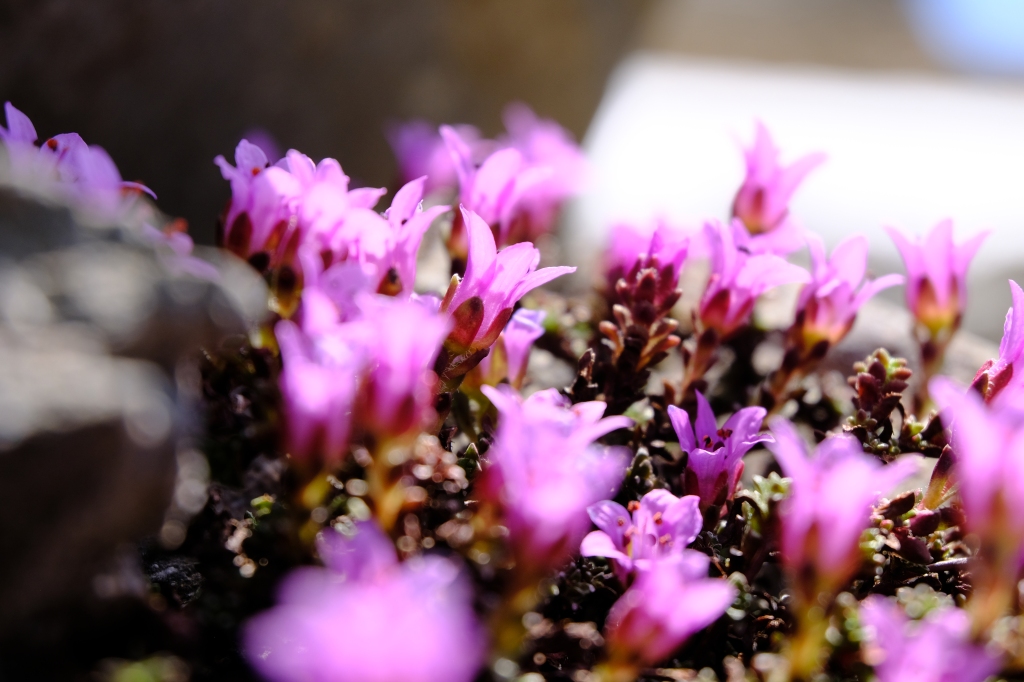
Photo Credit: Sally Woodbridge
To return, retrace the route back down the small valley to the abandoned farm buildings, La Remointse d’Arolla. This time cross straight over the jeep track and descend on a well defined path towards a small knoll with an information board.
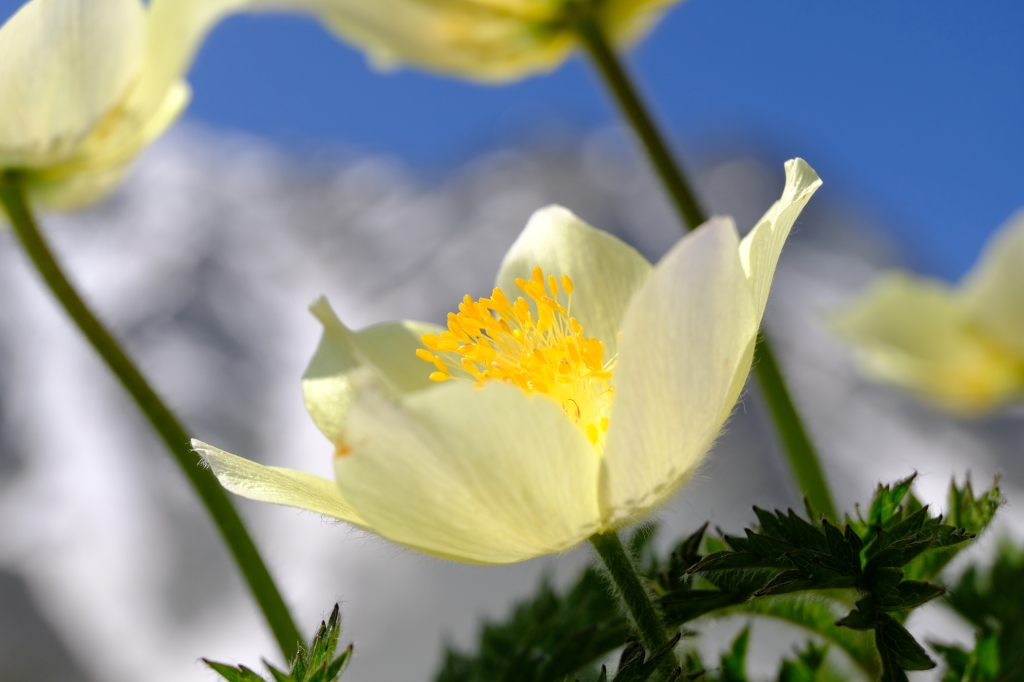
Photo Credit: Sally Woodbridge
Keep to the path on the righthand side of the knoll and continue descending to the buvette, La Chotte (open every day in high season. Opposite, behind and to the left of the small hillock with a cross, is the composting toilet. This may be open even if the buvette is shut).
Soil fertility is a strong influence on the type of plants found in a specific location. Fertile soil has fewer plant species because certain types grow very vigorously crowding out others. Less fertile soil is more sparsely colonised leaving light and nutrients for a larger number of species. The deep banks of nettles surrounding mountain cowsheds demonstrate the nutrients in decades and decades of manure. These cows are an important part of the jigsaw in preserving these meadows though. Grazing is necessary in order to stop woody plants taking over and turning the area into shrubland.
Pass in front of La Chotte and descend on a steep piste slope into the woodland. As the piste flattens turn right on a footpath towards the Kurhaus (refreshments are available at this beautiful, historic hotel).
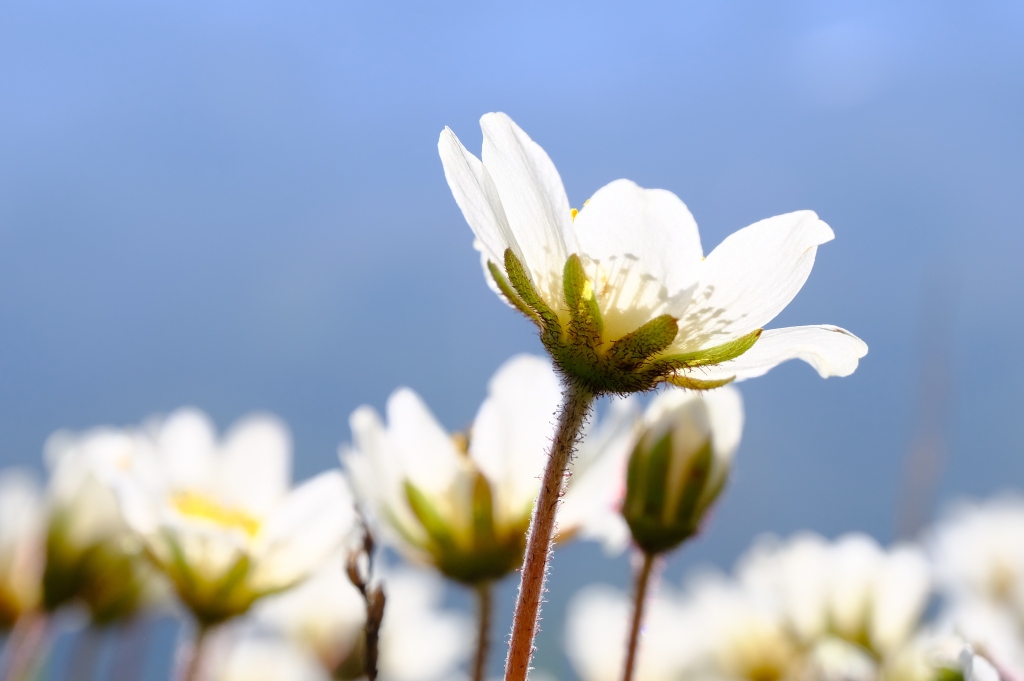
Photo Credit: Sally Woodbridge
Turn right at the lower hotel carpark and follow the footpath (ignoring the very steep side paths) to the road above Arolla. Descend on the road to the town centre and bus stop.
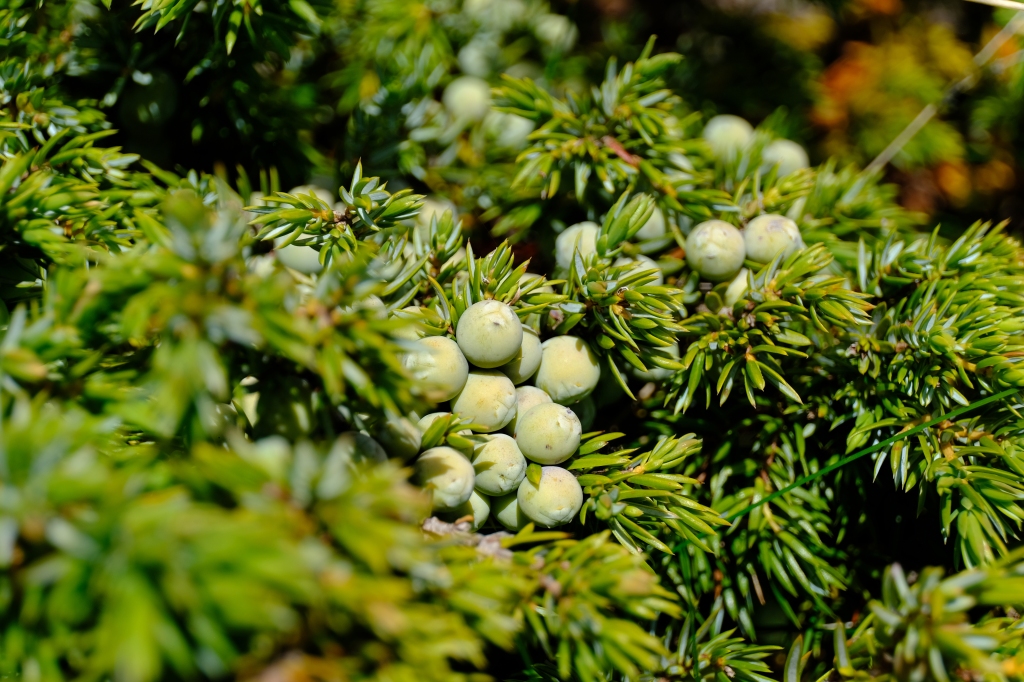
Photo Credit: Sally Woodbridge
Disclaimer: Please remember that outdoor activities like walking come with inherent risks. The author has endeavoured to make the information as accurate as possible at the time of writing but the decision to undertake the walk is entirely at your own risk. No responsibility can be accepted for any kind of physical injury, loss or damage to you or your property.
- Kev Reynolds, Walking in the Valais, 3rd Ed., Cicerone, UK.
- https://alittlebitoutoffocus.com/walks-in-the-val-dherens-2/
- Christopher Grey-Wilson and Marjorie Blamey, Alpine flowers of Britain and Europe, Collins Pocket Book, 2nd Ed., 1995, HarperCollins.
- https://www.valdherens.ch/UserFiles/File/organisme/UserFiles-evolene/File/THE-DESALP-panneaux-EN.pdf
- Jim Langley and Paul Gannon, The Alps: A natural companion, 1st Edition 2019, Oxford Alpine Club, Oxford, UK.
- Ewald Weber, Swiss plant life: Natural history of a rich flora, Haupt Verlag, Bern Stuttgart Wien, 2009.
If you enjoyed this please enter your email address below to follow this blog and receive notifications of new posts by email.

